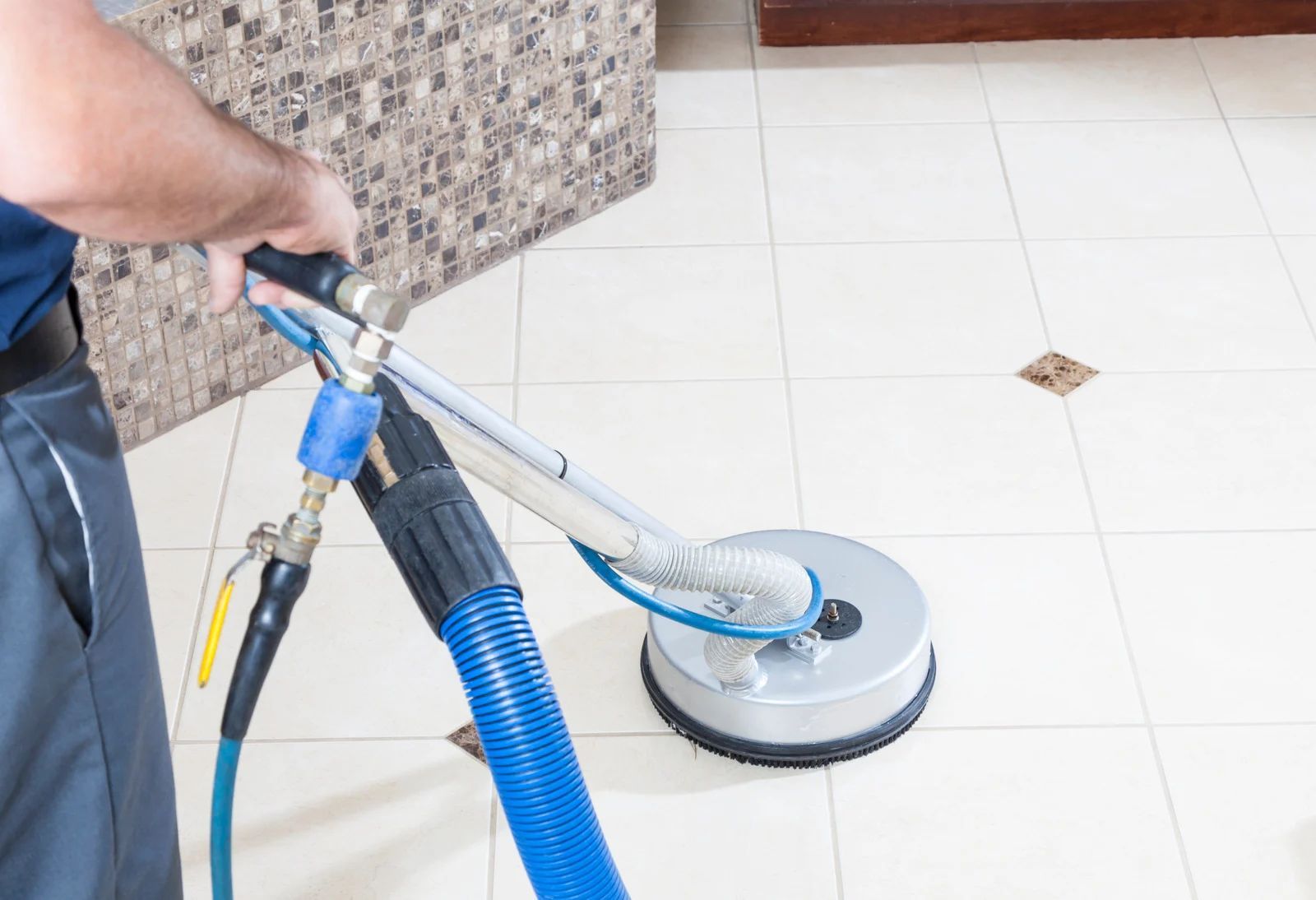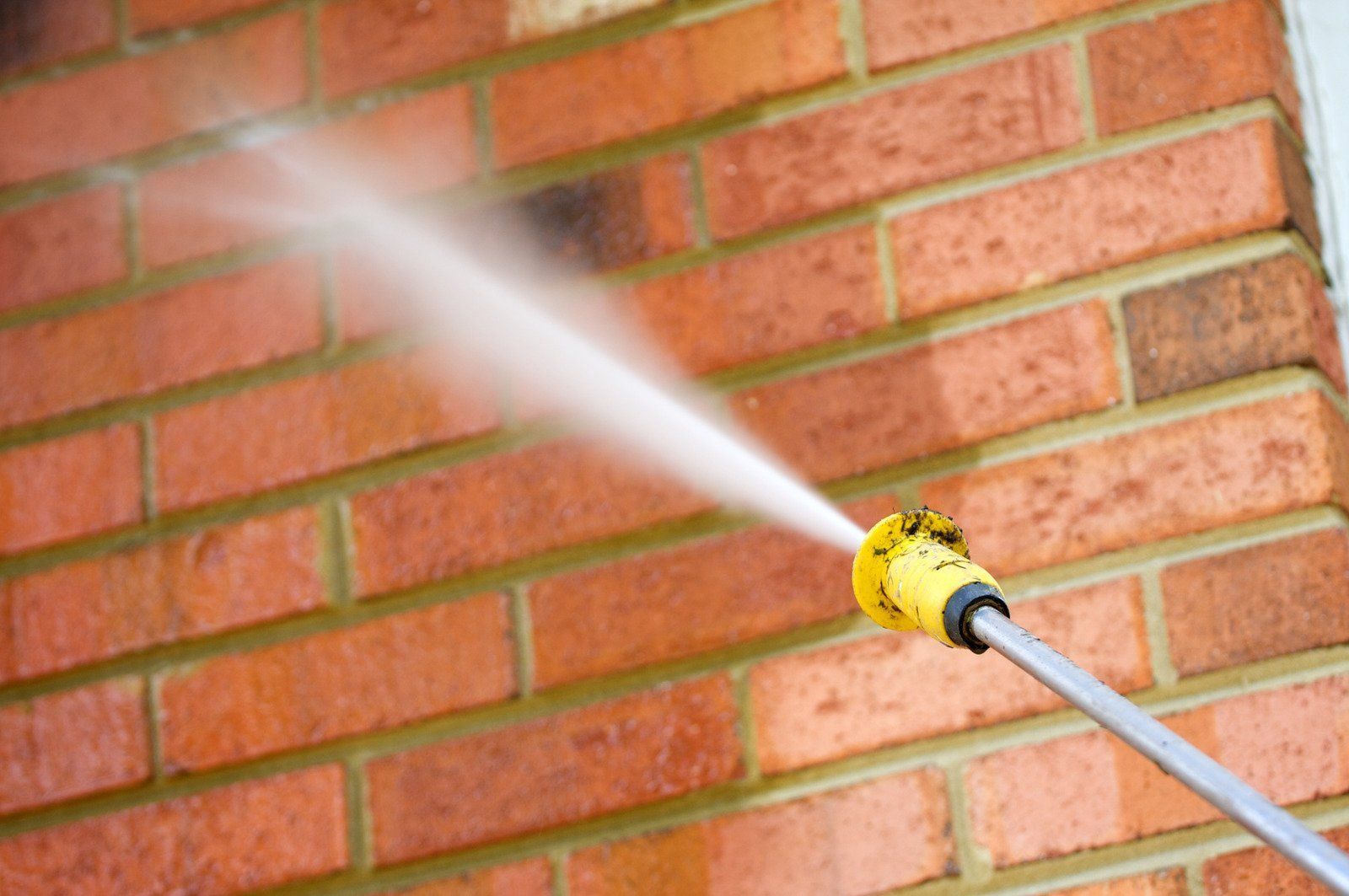Transform Your Cooking Area: Essential Steps for Effective Deep Kitchen Cleaning
A clean kitchen isn’t just about appearances—it’s vital for health, safety, and operational efficiency, especially in commercial settings. Over time, grease, grime, and bacteria can accumulate in hard-to-reach areas, posing serious risks. Whether you're managing a restaurant, café, or catering business, regular deep cleaning can prevent costly repairs and ensure food safety compliance. Deep kitchen cleaning goes far beyond everyday wipe-downs. It tackles hidden dirt, stubborn grease, and airborne particles that can compromise hygiene and increase fire hazards. Investing time—or hiring professionals—for a comprehensive clean improves workplace safety, enhances your brand image, and helps you stay compliant with health regulations. In this guide, we’ll walk you through the essential steps to deep cleaning your kitchen and show you how expert services can make a lasting difference.
Step 1: Start with the Ceiling and Ventilation Systems
One of the most neglected areas in any kitchen is the ceiling and ventilation system. Over time, grease and dust accumulate here, leading to poor air circulation and increased fire risks. Begin your deep cleaning from the top down—this ensures any debris falling from above gets picked up later. Clean exhaust fans, filters, ducts, and light fixtures thoroughly. Also inspect ceiling tiles for mold or stains and replace them if needed to maintain a clean appearance.
Step 2: Degrease Equipment and Workstations
Commercial equipment such as ovens, fryers, grills, and stovetops is a hotspot for grease buildup. Use food-safe degreasers and scrub every surface meticulously. Don’t forget the undersides and backs of these machines—these hidden areas can harbor bacteria and pests. Ensure that you disassemble removable parts for a thorough cleaning and extended equipment longevity.
Step 3: Floors, Drains, and Hard-to-Reach Areas
Floors should be deep-cleaned using degreasing agents and scrubbers. Pay close attention to drains, which can clog with food particles and oil, leading to foul odors and infestations. Also clean behind and under heavy equipment, where debris and dirt often settle unnoticed. Consider steam cleaning or power washing floors for a deeper, more sanitizing clean.
Step 4: Sanitize All Surfaces
Once the visible grime is removed, all surfaces should be sanitized using commercial-grade disinfectants. This includes countertops, sinks, handles, and shelving units. Sanitization kills lingering bacteria and creates a safe food prep environment. Allow surfaces to air-dry completely to prevent moisture buildup, which can lead to mold or mildew growth.
Step 5: Set a Maintenance Schedule
Deep cleaning isn’t a one-time job. Schedule regular deep cleaning sessions—monthly, quarterly, or bi-annually depending on your kitchen’s usage. This proactive approach reduces emergency maintenance costs and helps maintain health code compliance. Involve your staff in routine cleaning checklists to maintain standards between deep cleans.
Why Choose Ceiling Clean International Inc.
When it comes to professional deep kitchen cleaning, Ceiling Clean International Inc. stands out with 45 years of industry expertise. Based in Missouri and serving clients across the Midwest, the company specializes in commercial kitchen and deep cleaning services tailored to each facility’s unique needs. Their certified technicians use advanced equipment and eco-friendly cleaning solutions to deliver exceptional results every time. Whether you're preparing for a health inspection or want to elevate hygiene standards, trust the experts at Ceiling Clean International Inc. to transform your kitchen into a spotless, safe, and efficient workspace.



